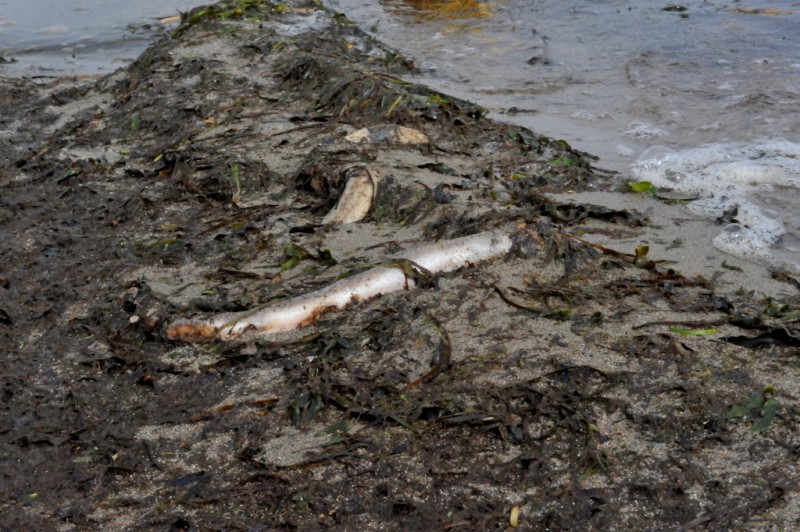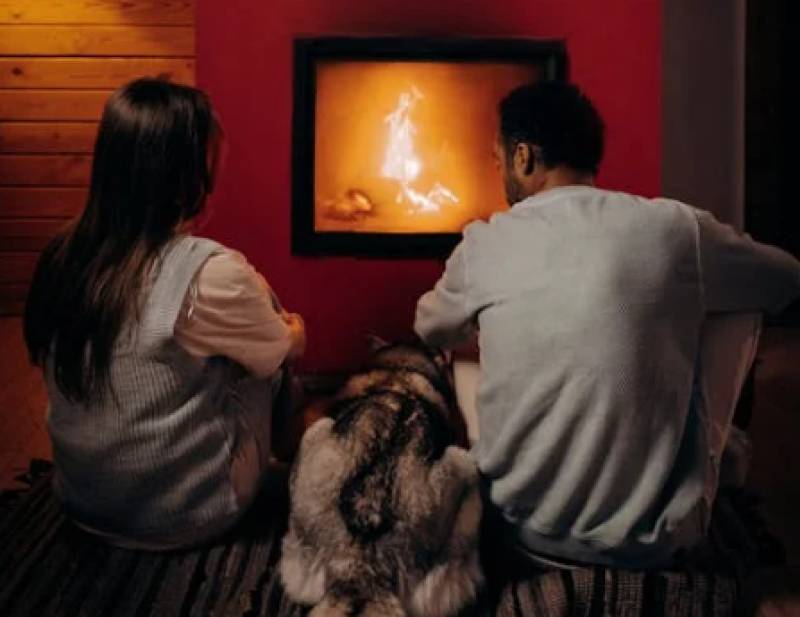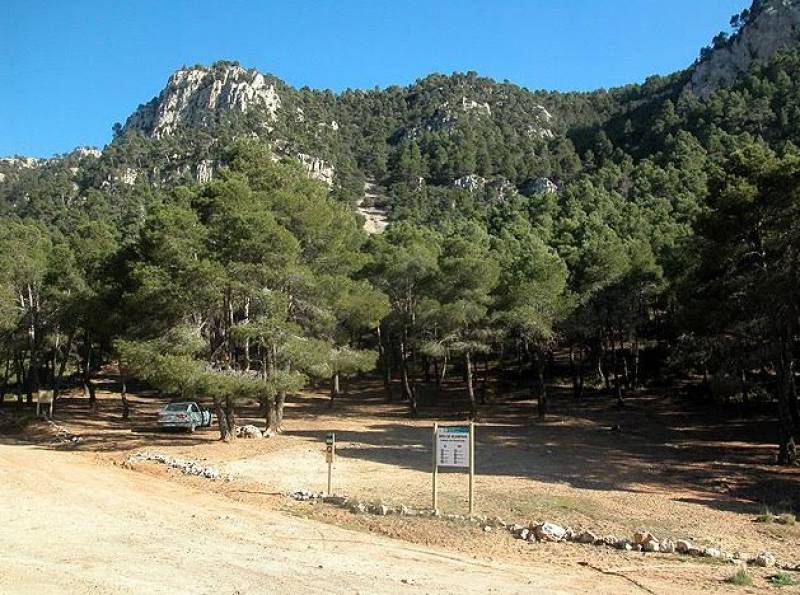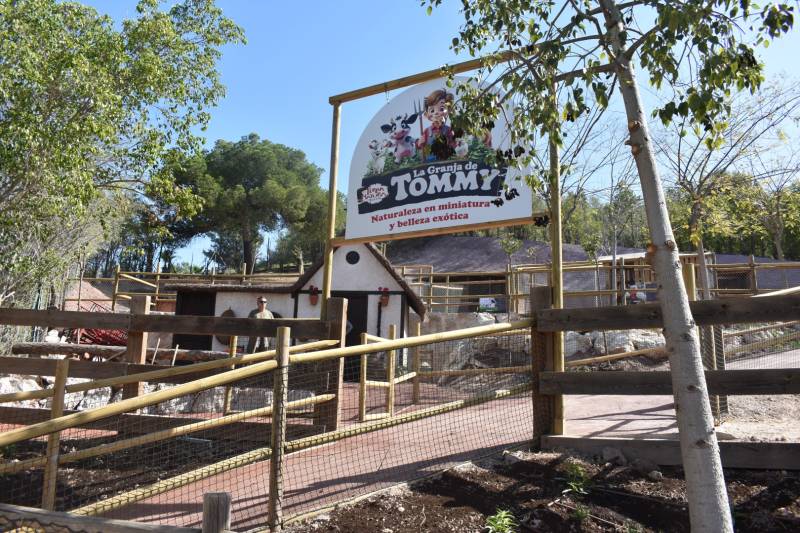- Region
- Águilas
- Alhama de Murcia
- Jumilla
- Lorca
- Los Alcázares
- Mazarrón
- San Javier
-
ALL AREAS & TOWNS
- AREAS
- SOUTH WEST
- MAR MENOR
- MURCIA CITY & CENTRAL
- NORTH & NORTH WEST
- TOWNS
- Abanilla
- Abarán
- Aguilas
- Alamillo
- Alcantarilla
- Aledo
- Alhama de Murcia
- Archena
- Balsicas
- Blanca
- Bolnuevo
- Bullas
- Cañadas del Romero
- Cabo de Palos
- Calasparra
- Camping Bolnuevo
- Campo De Ricote
- Camposol
- Canada De La Lena
- Caravaca de la Cruz
- Cartagena
- Cehegin
- Ceuti
- Cieza
- Condado de Alhama
- Corvera
- Costa Cálida
- Cuevas De Almanzora
- Cuevas de Reyllo
- El Carmoli
- El Mojon
- El Molino (Puerto Lumbreras)
- El Pareton / Cantareros
- El Raso
- El Valle Golf Resort
- Fortuna
- Fuente Alamo
- Hacienda del Alamo Golf Resort
- Hacienda Riquelme Golf Resort
- Isla Plana
- Islas Menores & Mar de Cristal
- Jumilla
- La Azohia
- La Charca
- La Manga Club
- La Manga del Mar Menor
- La Pinilla
- La Puebla
- La Torre
- La Torre Golf Resort
- La Unión
- Las Palas
- Las Ramblas
- Las Ramblas Golf
- Las Torres de Cotillas
- Leiva
- Librilla
- Lo Pagan
- Lo Santiago
- Lorca
- Lorquí
- Los Alcázares
- Los Balcones
- Los Belones
- Los Canovas
- Los Nietos
- Los Perez (Tallante)
- Los Urrutias
- Los Ventorrillos
- Mar De Cristal
- Mar Menor
- Mar Menor Golf Resort
- Mazarrón
- Mazarrón Country Club
- Molina de Segura
- Moratalla
- Mula
- Murcia City
- Murcia Property
- Pareton
- Peraleja Golf Resort
- Perin
- Pilar de la Horadada
- Pinar de Campoverde
- Pinoso
- Playa Honda
- Playa Honda / Playa Paraíso
- Pliego
- Portmán
- Pozo Estrecho
- Puerto de Mazarrón
- Puerto Lumbreras
- Puntas De Calnegre
- Region of Murcia
- Ricote
- Roda Golf Resort
- Roldan
- Roldan and Lo Ferro
- San Javier
- San Pedro del Pinatar
- Santiago de la Ribera
- Sierra Espuña
- Sucina
- Tallante
- Terrazas de la Torre Golf Resort
- Torre Pacheco
- Totana
- What's On Weekly Bulletin
- Yecla


- EDITIONS:
 Spanish News Today
Spanish News Today
 Alicante Today
Alicante Today
 Andalucia Today
Andalucia Today
ARCHIVED - Agricultural run-off continues to enter the Mar Menor; this must stop ecologists and researchers agree
Although the regional president promised that not one more drop would enter the Mar Menor, his promise is unenforceable and the eco-system continues to deteriorate

Over the last week the deteriorating marine environment in the Mar Menor has consistently occupied the headlines in the regional press and, to a certain extent, national and even international media, and it has been reported on Monday that the national government is now weighing up the possibility of declaring the lagoon a “natural disaster” area.
Along parts of the shoreline the water is dark brown or black, a fetid stench emanates from what was not so long ago the gem of the Costa Cálida, and every day for the last week dead fish and other marine creatures have been washing up on to the beaches at the southern end of the Mar Menor.
Residents of the area and countless others who have visited the lagoon in the past are angry and sad, but also immensely frustrated as one of the most heart-breaking aspects of the latest deterioration is that for some years now it has been abundantly clear that the changing water quality characteristics are no longer sustainable. The Mar Menor recovered from the infamous “green soup” or algal bloom which hit the headlines in 2016, and even from the episode of anoxia or lack of oxygen in the water which killed hundreds of thousands of marine creatures just under two years ago following the historic “gota fría” storm of 2019, and since this date, study after study has highlighted the principal causes of the problem and proffered solutions, but what is happening at the moment is unprecedented and many are questioning whether the disaster can even be called “natural”.
In the intervening years it has been made quite clear that the chief reason for the deterioration of the Mar Menor is the flow of water into the lagoon carrying fertilizer nutrients from the agricultural land of the Campo de Cartagena, and it is sad to report that very little has been done about this despite repeated calls for action. On August 20 Fernando López Miras, the president of the Murcia government, announced that “we will not tolerate a single drop more of water carrying nutrients”, describing the runoff as “the worst enemy of the Mar Menor”, and announced the "prohibition" of further run-offs, yet until now his administration has been remarkably reluctant to take the decisive steps needed if the catastrophe is to be reverted and as we write, water continues to flow into the Mar Menor regardless.
According to the president himself on his Twitter account on Monday, when visiting the rambla with national PP leader Pablo Casado: "the rambla del Albujón continues to dump 30 million litres of water and 5,000 kilos of nutrients into the Mar Menor every day", so in the absence of King Canute, it is hard to see how he can possibly make good on the "prohibition" he announced on Friday evening.
After years of talking, discussing, forming committees, studying and theorizing, thousands of litres of water are still making their way into the Mar Menor every day, some from the “ramblas” or natural floodwater channels which cross the Campo de Cartagena and some from the aquifer which lies below the ground, most of it leaching through the soil after being used as agricultural irrigation water in the 15,000 hectares of agricultural land of the Campo de Cartagena.
Recently it was calculated that the amount of water making its way into the Mar Menor via the Rambla del Albujón alone is 176.81 litres per second, and with each litre containing an average of 119 milligrams of nutrients this equates to an astonishing 2,892 kilos of agricultural nitrates every day.

Some of this water is being treated, and the CHS water authority extracts 150 litres per second from the rambla and removes harmful substances, but if other ramblas are taken into account this may equate to only approximately half of the nutrient-bearing water heading for the Mar Menor. In addition, once the water has been “cleaned” it is sent back to the agriculturalists for re-use, a procedure which essentially perpetuates the same problem it has been designed to solve.
This is one of the factors which leads to the IPCC (intergovernmental Panel on Climate Change) concluding that the Region of Murcia consumes more than double the amount of water which is provided by nature, adding that 90 per cent of the total is accounted for by irrigation farming.
The key to breaking this vicious circle would be to put an end to ALL irrigated farming around the Mar Menor, but even the most optimistic ecologists cannot really expect that to happen due to the economic importance of the crops in the Campo de Cartagena. What is depressing, though, is that despite the drawing up of regulations and the numerous reports of illegal irrigation being detected it appears that the government has done so little to actually halt the worst offenders among the agricultural concerns involved.
On Sunday the Murcia government department of Water, Agriculture, Farming, Fishing and the Environment stated in a press release that after receiving notification of 123 cases of illegal irrigation it has ordered the cessation of all such farming activity on 940 hectares of land, and that the figure will soon rise to 1,424 hectares.
But at the same time La Opinión reports that the CHS has sent 132 requests for the restoration of land to its original condition to the regional government, and is unaware of any action having been taken at all by the relevant government department. The documentation was presented in 2018 and concerns a total area of 2,278 hectares.
These contrasting points of view have, unfortunately, become typical of the debate over how to protect the Mar Menor in recent years, in that they focus almost entirely on how it might be possible to blame someone else rather than on actually preventing the runoff of harmful substances. It is worth pointing out that the PP remains in power in the regional government of Murcia while the CHS water administration organism is a part of the national government, which is in the hands of the PSOE-Podemos coalition: politically, disagreement and squabbling are therefore almost obligatory.
According to the Mar Menor Protection Law which was finally passed in July 2020, when illegal irrigation is detected within 1,500 metres of the coast of the lagoon it is the responsibility of the regional government to ensure that the land is returned to its original condition. This is because the use of nitrates and phosphates as nutrients on the land leads to the bloom of seaweed and algae when runoff water reaches the Mar Menor, as it inevitably will in times of heavy rain and when, as is the case now, the level of water in the aquifer beneath the Campo de Cartagena is unusually high.

This legislation essentially recognizes that the main problem threatening the Mar Menor is irrigation farming, but still its economic importance makes the authorities reluctant to implement any measures which are harmful to the sector. It is estimated that there are over 7,000 hectares of land on which illegal irrigation is operational around the Mar Menor, but some would argue that there is far more land where irrigation is permissible but still harmful to the lagoon.
It is also reported that since 2019 more than 200 illegal water treatment plants have been taken out of use after it was found that they were being used to treat water which had been extracted without permission from the aquifer. However, even this could have negative side effects, as it contributes to the water level in the aquifer having risen so high and there are even reports in the Spanish media that some of these are once again resuming activity illegally and not one single plot of land has yet been returned to its pre-irrigation condition.
On Sunday the Ed.noticed that orchards of orange trees which lie too close to the coast and require constant irrigation were being removed, but also noted that just outside the "exclusion zone" new fields of orange trees were being planted; trees which require constant irrigated watering and are still within the area from which water leaches down into the aquifer and rambla network.
All of these data are being used in the on-going arguments over who is to blame for the ecological disaster which is currently being witnessed in the Mar Menor, in terms of who has failed to do what over the last 18 to 24 months. But in the longer term it is perhaps more realistic to point to the failure of all administrative bodies to realize over the course of the last 50 years or so that the benefits of developing tourism and agriculture come at a cost.
In the 1970s the opening of the Tajo-Segura water supply canal which fuelled the expansion of agriculture in Murcia was viewed as nothing but positive, while the development of La Manga and the Mar Menor as tourist destinations brought a welcome boom to the local economy. Back then far less was known about climate change, but by the 1980s there was already sufficient awareness of the problems for a far-reaching Mar Menor Protection Law to be passed in 1987.

That law was never fully implemented and was finally repealed by the Murcia government in 2001, and with the benefit of hindsight it can now be said that the guilty parties are all of those who have failed to grasp either that opportunity or similar ones to protect the Mar Menor in the last 34 years.
Unfortunately, the price for the neglect, indecision and consistent failure to enforce the protection measures put in place, has left the lagoon at the most vulnerable point in its history as thousands of fish continue to wash up around its shores.
Click here for a more detailed analysis of how and why the Mar Menor has deteriorated in recent decades.
Cartagena
El Carmoli
Islas Menores and Mar de Cristal
La Manga Club
La Manga del Mar Menor
La Puebla
La Torre Golf Resort
La Union
Los Alcazares
Los Belones
Los Nietos
Los Urrutias
Mar Menor Golf Resort
Pilar de la Horadada
Playa Honda / Playa Paraiso
Portman
Roldan and Lo Ferro
San Javier
San Pedro del Pinatar
Santa Rosalia Lake and Life resort
Terrazas de la Torre Golf Resort
Torre Pacheco
Aledo
Alhama de Murcia
Bolnuevo
Camposol
Condado de Alhama
Fuente Alamo
Hacienda del Alamo Golf Resort
Lorca
Mazarron
Puerto de Mazarron
Puerto Lumbreras
Sierra Espuna
Totana
Abaran
Alcantarilla
Archena
Blanca
Corvera
El Valle Golf Resort
Hacienda Riquelme Golf Resort
Lorqui
Molina de Segura
Mosa Trajectum
Murcia City
Peraleja Golf Resort
Ricote
Sucina
Condado de Alhama
El Valle Golf Resort
Hacienda del Alamo Golf Resort
Hacienda Riquelme Golf Resort
Islas Menores and Mar de Cristal
La Manga Club
La Torre Golf Resort
Mar Menor Golf Resort
Mazarron Country Club
Mosa Trajectum
Peraleja Golf Resort
Santa Rosalia Lake and Life resort
Terrazas de la Torre Golf Resort
La Zenia
Lomas de Cabo Roig

CAMPOSOL TODAY Whats OnCartagena SpainCoronavirusCorvera Airport MurciaMurcia Gota Fria 2019Murcia property news generic threadWeekly Bulletin
































